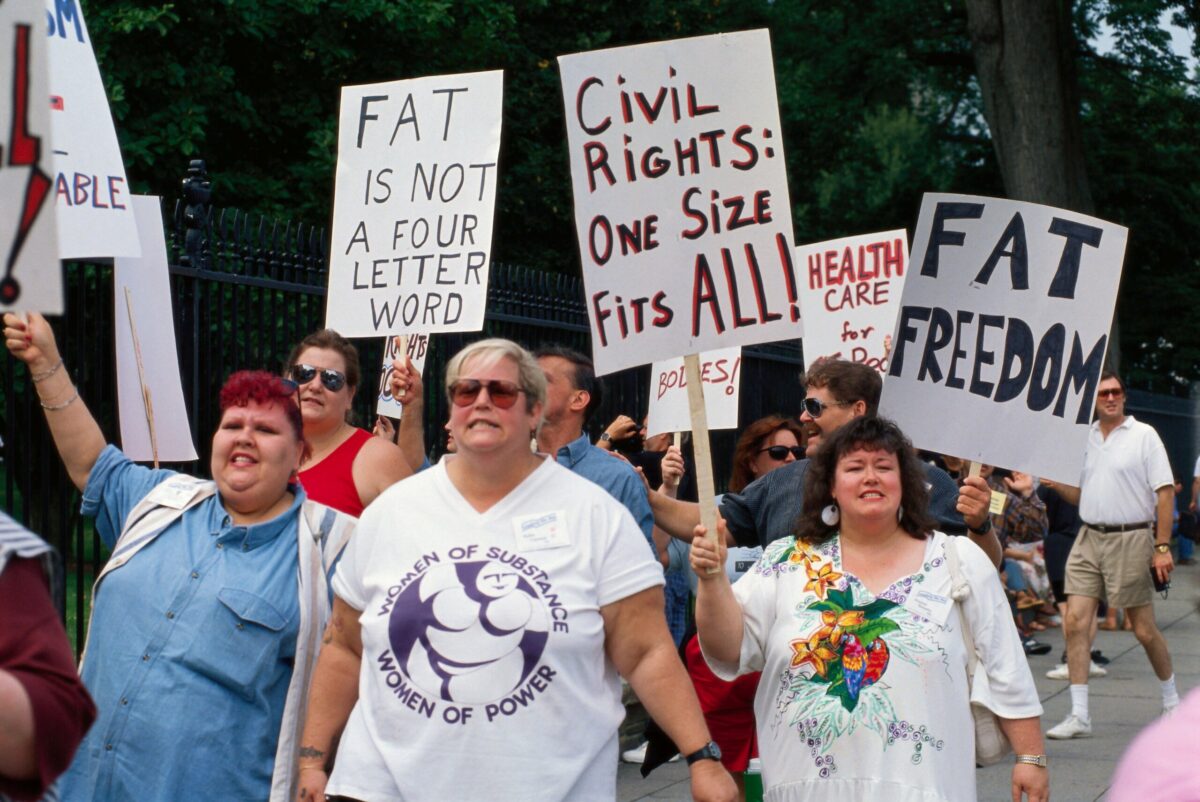I am fat.
I don’t need your pity party or your worries about my health (give me an eight-count and I could probably dance circles around some of your skinny legends). I am also queer, genderfluid to be precise, and that combination is something most people would call unfavourable. We don’t need to talk about race today because I am going to give you a break from “snowflake culture”.
“Your tone seems very pointed right now.”
I know.
I am mad.
I was thinking about changing my tone, but I think whoever is reading this needs to hear the frustration.
I am a plus-sized model who calls the fashion industry home and would love to be on a runway. I don’t get that opportunity. Why?
Because I am not sample size.
I watched today as my agency and many others were sharing content of people going for castings for SA Fashion Week. I realised I should be mad because it doesn’t make sense. I am trying to understand how we have created a box that is unattainable. I am trying to understand how we are being representative of who we are at the so-called pinnacle of South African fashion.
Watching New York Fashion Week, many plus-sized models over the past few days of shows have had me beaming with joy. From the Siriano to the Collina Strada and the Peter Do show – all have had people with a generous helping of body, all walking proudly on their runways. This isn’t normal but it has felt like it. There has been a tactile shift in the landscape. I genuinely feel like I am seen in an industry that has glamourised a certain kind of body for years.
That hasn’t changed in our South Africa.
This isn’t a piece about my journey of becoming a model. It is enough to say there was a journey of working on myself and recognising my beauty as I am. This also isn’t a piece about the fashion industry culture. This is me asking the industry: what’s good?
In my fury (or fugue state, some may say), I went to go look at several SA Fashion Weeks past. I looked at Rich Mnisi’s lookbooks (the last one actually surprised me) and at modelling agencies’s photos. Finding someone who looked like me was almost impossible.
Is South Africa known for its skinny, long-legged size zero population?
No, we aren’t.
Statistics South Africa will tell you that we are known for almost one in three women and one in four men being classified as obese. (Yes, I know the method of calculating BMI is racist).
Who are you selling clothing to? Who are your editorials for? What is aspirational about being skinny? Are our marketing and media creating representation and encouraging self-love and “health” or are we just perpetuating the toxic ideals?
I know my country. The reason I had to work on my self-image was because of people commenting on weight and complimenting me for losing weight when I wasn’t eating or was depressed from medical school. When Chadwick Boseman died, a conversation on body shaming ensued on social media. Did anyone listen?
Every time we complain about fatphobia, thin people complain about their struggle too in the forum created by and fought for by plus-sized people. There could be 100 people in the room and 99 will be fatphobic. It is embedded in our culture and conversation. But where do we go from here? How do we move on?
The answer is that we create representative media. We look for beautiful thickums of varying sizes. We cast people who can strut so hard that Miss J on America’s Next Top Model would be impressed, regardless of how much they jiggle. You find new faces who are fresh and not just thin. Brands need to consider if their clothing is actually cool or if the model is just thin. As a stylist, are you working to a brief or are the models cast just thin? As a modelling agency, is your call sheet diverse or are they all just thin?
The fashion industry is one I call home. I am growing and learning. Someone might give me a reason or excuse as to why things are the way they are. But I think shaking it up is something that we need to do — because so much has already changed before our time. We know the industry can evolve.
It’s time to make space for different bodies and different people so everyone can feel at home.



